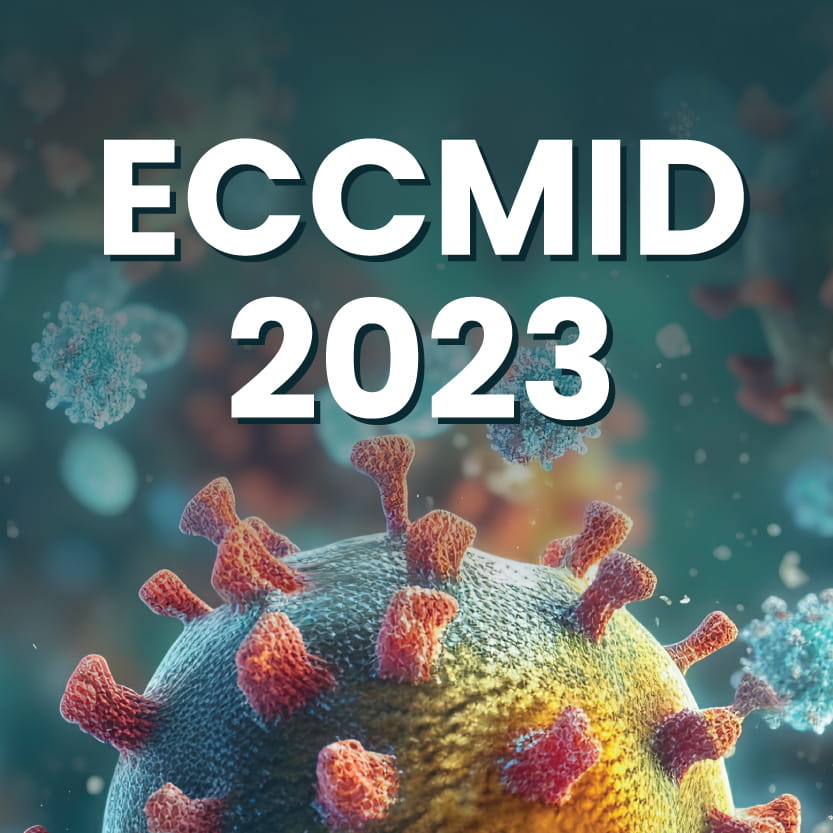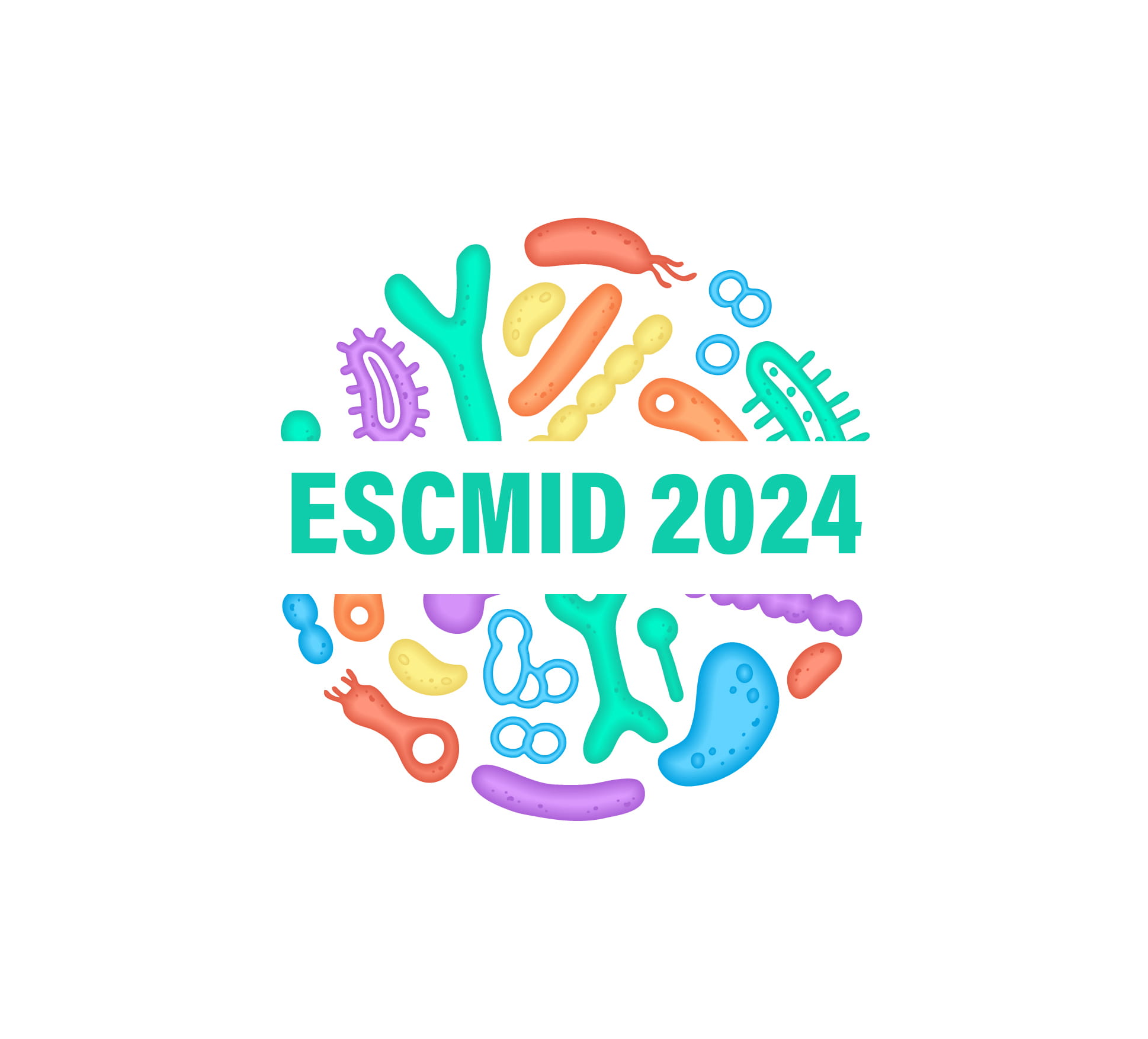ESCMID 2024: ß-Lactam/ß-Lactamase Inhibitors by Shampa D
The speaker focuses on the topic of ß-lactam/ß-lactamase inhibitors. A recent class of beta-lactams/beta-lactam inhibitors consists of drugs such as ceftolozane, tazobactam, Ceftazidime, Avibactam, Meropenem, Vaborbactam, Imipenem, Relebactam, with most of the being approved. Additionally, this year, two more agents, Cefepime-enmetazobactam and Aztreonam-avibactam, have been approved in 2024. All these agents have gained approval from both the EMA and the FDA. All the agents are administered intravenously, With further beta lactum/ beta-lactamase inhibitor combinations in development. However, none of them has reached the market yet. These drugs generally share a similar set of indications due to the similar developmental pathway, often tested in conditions such as urinary tract infections (UTIs), which typically involve a population enriched for pyelonephritis. Some of these agents are also registered for hospital-acquired pneumonia (HAP) and ventilator-associated pneumonia (VAP), although specific studies on the indications are not regularly conducted. This discrepancy arises from differences in the approval processes between the European Regulatory Authority and the Food Drug Authority (FDA). The European agency considers the indications of the active partner, while the FDA is less concerned with this aspect. Other studies are typically conducted in complicated intra-abdominal sepsis.
The discussion further highlights beta-lactamase inhibitors (BLIs) used with antibiotics and the challenges in demonstrating their efficacy, particularly against resistant pathogens. Though non-inferiority studies comparing efficacy are performed, smaller phase 2B studies are also performed. However, limitations arise due to study design, incompatible patients due to less exposure to antibiotics or fewer co-morbidities, thus leading to a lower likelihood of encountering resistant organisms, with further less clinical data, complicating the establishment of breakpoints of effective treatment. Factors such as bacterial species, enzymes & their quantity, resistance mechanisms and active partners' potency also affect the determination. The speaker also focuses on kinetic properties where the need for modelling should be dependent on the active drug (time over MIC for beta-lactams) as well as inhibitor activity, drug penetration into infection sites, etc. Thus, Pharmacokinetics and Pharmacodynamics (PKPD) modelling to determine the appropriate drug target involves combining targets with drug kinetics and conducting Monte Carlo simulations to assess the proportion of patients achieving desired drug levels at various MICs. However, challenges in determining breakpoints include considering different patient subgroups, such as those experiencing renal or hepatic issues, which might require adjustments in the modelling. however, despite the variations, the basic principle remains the same, whether using a concentration in blood or the ELF
To effectively utilise BLI, it is necessary to understand pharmacokinetic (PK) drivers and the required magnitude for desired effects. Further, BLIs are affected by two pharmacodynamic (PD) drivers, which are interconnected: time above a critical concentration (often 1 or 2 milligrams per litre, depending on the BLI) and the area under the curve (AUC). While some BLI relies on the AUC to MIC, the usual approval combines time above the threshold, and AUC can vary among bacterial strains. The speaker further highlights the importance of MIC and PKPD modelling in determining effective dosing for BLIs. Continuous infusion BLI modelling at various concentrations helps to understand the relationship between BLIs and beta-lactams, contributing to reduced bacterial count and determining the drug required. ELF concentrations should be considered as breakpoints in BLI efficacy.
Breakpoints for BLIs like Tazobactam in Enterobacteriaceae are determined through co-modelling, focusing on a time over the threshold of one milligram per litre and a time over MIC for Ceftolazone. However, modelling for Pseudomonas predominantly involves Ceftolazone alone, as the beta-lactam component doesn't significantly contribute to the above situation. Similar approaches are observed with Ceftazidim-Avibactam and Imipenem-Relebactam, with modelling based on either time over the threshold or AUC. Further PKPD modelling for newer drugs like Cefepime illustrates good target attainment; cefepime-enmetazobactam also exhibited similar results (ELF concentration was utilized). The modelling can also be performed on patients with different levels of renal function, including those with hypersecretory UTI and those with poor renal function.
MICs and Inhibition Zone Sizes by Christian G
The speaker emphasized the importance of MIC testing with a fixed concentration of the inhibitor, which further showcases how the inhibitor restores the activity of the main beta-lactam compound. The threshold concentration must be experimentally determined and correlated with MIC. Regarding fixed ratios, while UCAS provides guidance documents for companies on approaching beta-lactam/beta-lactamase inhibitor combinations, there could be exceptions to the standard approach, especially in enhancing BLIs that also enhance receptor binding to penicillin-binding proteins and act as an inhibitor as well. Although limitations in the commercial panel, disc diffusion methods complement MIC breakpoint enabling tests without commercial method. The speaker further clarifies problems regarding imipenem relebactam breakpoints, explaining that relebactam's inhibition of chromosomal amp C beta-lactamase in Pseudomonas makes it slightly more susceptible than imipenem alone.
Further, the speaker discussed the septicity data for Enterobacteriaceae, emphasizing its usefulness in calibration and validation. They highlighted that data correlates with broth and microdilution. However, some isolates may fall on the wrong side of the breakpoint, leading to potential misclassification. Nevertheless, they emphasized the cautious approach in setting MIC breakpoints to avoid further overestimating susceptibility in underestimating resistance, particularly associated with disk diffusion testing. The session further discussed challenges in establishing MIC breakpoints for newer drugs like Meropenem-Vaborbactam (Vabomere), as they exceed the wild-type of the population, thus indicating there may be an association between disc diffusion and MIC testing for most strains with few exceptions. The speaker addressed the lack of published values for Aztreonam-avibactam but mentioned expectations for MIC and zone diameter breakpoints to be published before summer. Despite challenges with isolates falling near breakpoints, they highlighted a generally good correlation with disk diffusion methodology, reducing the need for broth microdilution testing and further determining susceptible strains. The speaker also discussed the good correlation observed for Cefepime-enmetazobactam, acknowledging the ongoing debate over breakpoint positions and the challenges isolates face near the border of resistance. In cases of exceptions, additional testing units (ATUs) can be considered to investigate further strains that fall near the breakpoint thresholds. ATUs can depend on various factors, including the availability of alternative testing methods and the necessity of accurately categorizing strains for clinical decision-making.
The session ended with acknowledging overcoming enzymatic resistance in bacterial infections, new challenges despite advancements in BLI, bacterial resistance mechanisms, including changes in penicillin-binding proteins, alterations in porins, efflux mechanisms, variations in beta-lactamase expression levels, and further significance to novel BLIs. They also further emphasised the importance of continuous monitoring and assessment of BLI combinations and breakpoints.
European Society of Clinical Microbiology and Infectious Diseases (ESCMID) 2024, 27th April–30th April 2024, Barcelona, Spain

.svg?iar=0&updated=20230109065058&hash=B8F025B8AA9A24E727DBB30EAED272C8)

